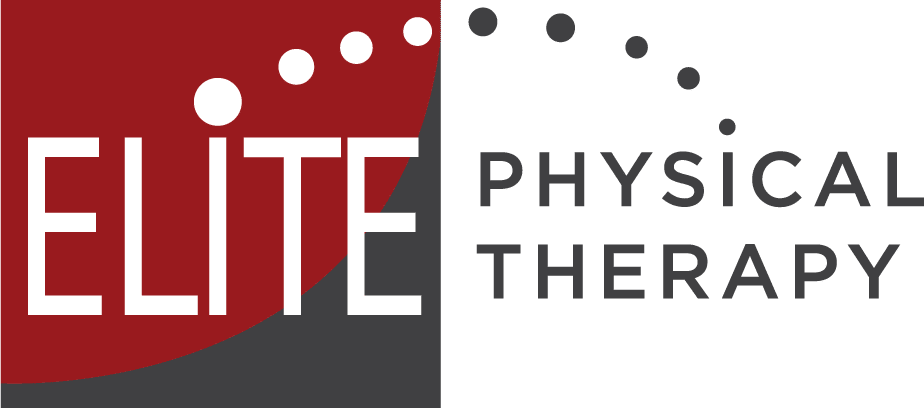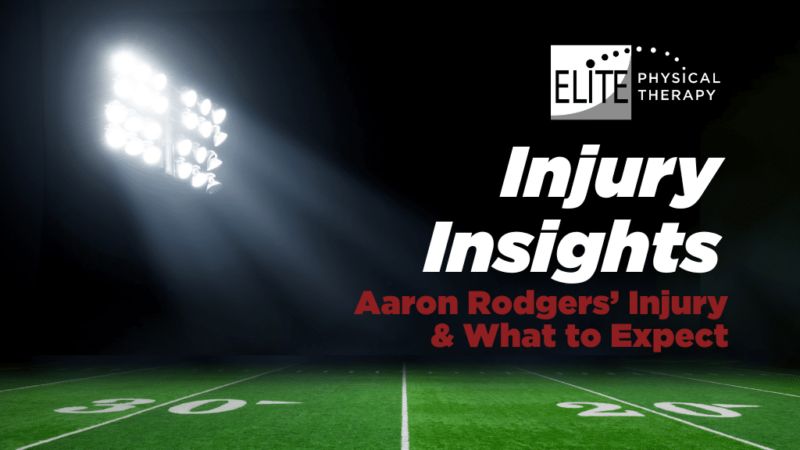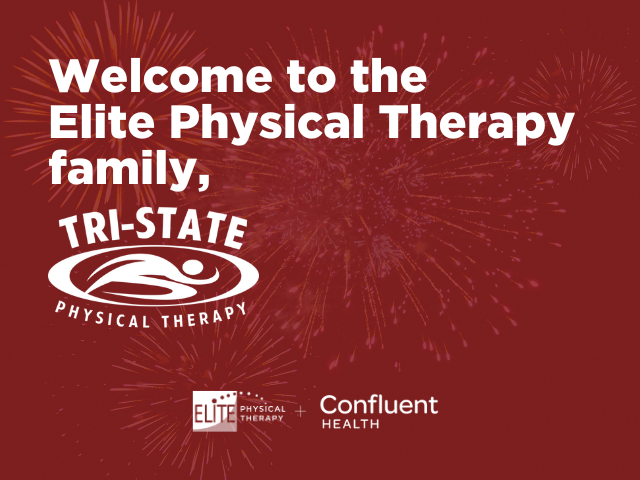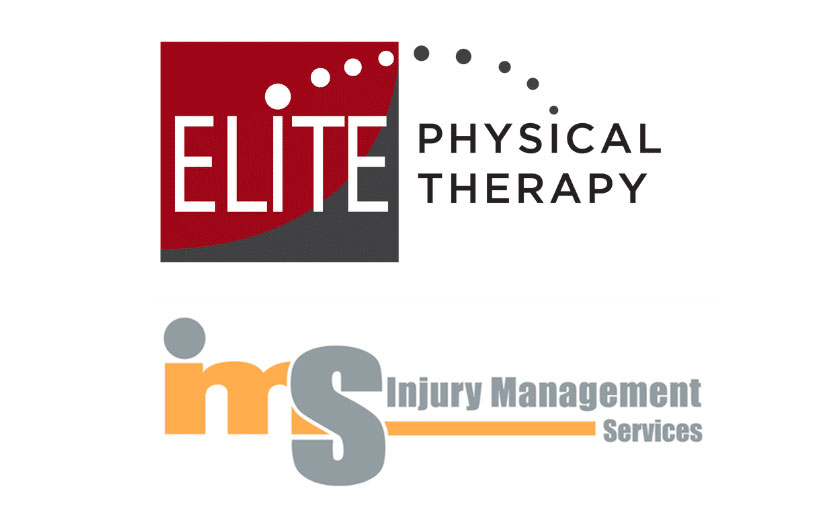By: Juliana Meeker, PT, DP
Chronic Pain: Is it Damaged Tissue or Hypersensitive Nervous System?
Last year we took a look at pain, and how pain is defined as an unpleasant sensory and emotional experience which follows actual or potential tissue damage. We learned that there is a common misconception that if we hurt and have pain, there must be some sort of “damaged tissue”- something must be physically “wrong” with our body. We also learned that this simply is not true and that pain is produced by the brain after a threat is perceived and the brain decides the body may be in danger – not necessarily due to actual damaged tissue. Pain and tissue injury are two different things! (Read original article HERE.)
In a follow up to my previous article on pain, I wanted to talk a bit about chronic pain – or long standing pain that is greater than 3 months in duration (much longer than it should take for tissue to heal). Let’s review: our body has 45 miles of nerves throughout our body that are constantly giving information to our brain. Your brain takes this information from your nerves and decides if it is threatening or not. If some initial injury happens, your brain will send out the pain signal to protect you and for you not to further injure yourself.
But what happens when this tissue injury has “healed” but you still hurt? Does it mean a tissue was damaged and did not heal correctly? No, not at all! There are specific healing times for joints, muscles and tendons. The tissues heal! But what does happen with chronic pain, is our body/nerves (the input to our brain) become hypersensitive due to chemical changes and due to a hypersensitivity in our nervous system.
In technical terms, when tissues heal, the nerves that regenerate are not covered in the protective coating -myelin- and are more hypersensitive to the ion channels that allow information in. These changes alter the amount of activity we can tolerate before our pain system is set off. Basically, this means, previously injured areas are more sensitive, and it doesn’t take as much to make them continue to hurt even though they are actually healed. Things (stimuli) that can affect the area (ion channel) can range and include: temperature, stress, movement, immune system and blood flow. If there are too many of one type of stimuli, you become overly sensitive which can trigger your pain experience.
As pain becomes more CHRONIC, more emotional aspects of the brain become involved in the pain experience. Parts of the brain that are involved in the pain experience include areas that control: memories, pain, beliefs, sounds, anxiety, smells and sights. The more often these areas of your brain are utilized together, the easier it is to elicit them. A common saying is “nerves that fire together, wire together.” This is basically like muscle memory, except for thoughts in the brain. If you live your pain everyday, it becomes easier to feel the pain because it is wired with your memories, beliefs and other parts of your brain that are used on a daily basis. Your brain will begin to associate certain movements, memories, smells, etc with pain and it will anticipate the pain – despite there being no current tissue injury.
Other factors that can increase your pain experience including but not limited to: fear and anxiety, stress, previously failed treatments, different explanations of your diagnosis, etc. These can all amplify the emotional experience related to your pain experience and bring on the actual pain felt because of the association made in your brain. In chronic pain, chemicals associated with stress can directly activate danger messenger nerves! Despite there being NO current damaged tissue! These various phenomenon can also make it feel like your pain spreads from one joint to the next joint to throughout your whole body!
THE GOOD NEWS: We can work through and reverse the impact your chronic pain has on your life with education, cognitive work, self-reflection and the right dosage of movement through physical therapy. We can help you to better understand your personal pain experience, we can help you to manage your pain and improve your daily function and improve your participation in the activities you enjoy. We CAN decrease the hypersensitivity in your nervous system and we CAN change the associations made in your brain that may be influencing your pain experience. If you are experiencing pain – chronic or not – you could benefit from a consultation with an Elite physical therapist to discuss your pain and see how we can help you get back to living your life PAIN FREE. Give us a call today at 318-443-3311!




